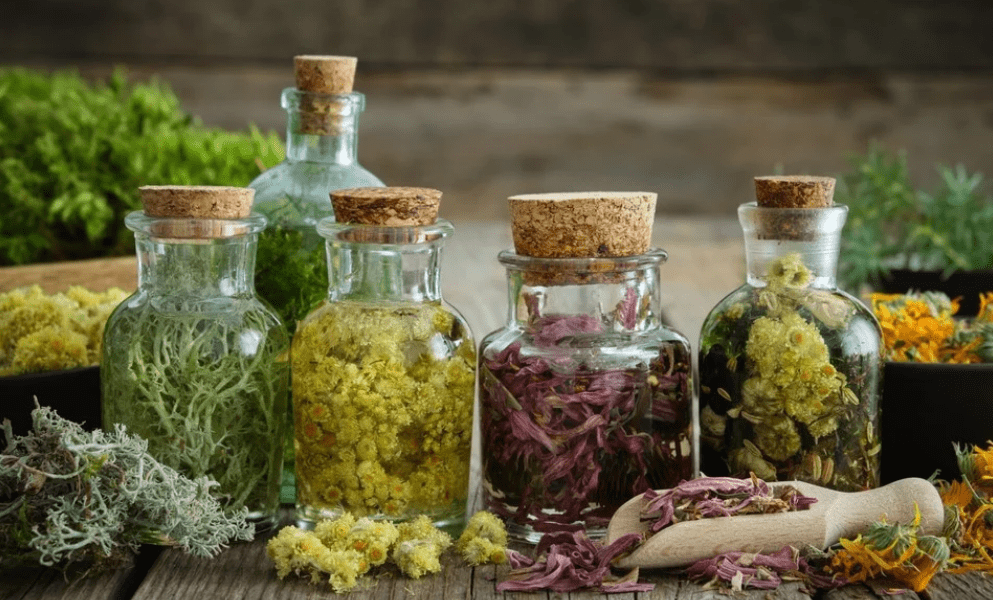By Islam Salah
If you’ve ever traveled through the MENA region, you’ve likely seen how deeply intertwined nature and health are in local cultures. Many people still turn to home remedies passed down through generations to treat everyday ailments.
Plants like Aloe Vera and Sage are staples in local wellness practices, offering natural solutions for everything from skin irritation to digestive discomfort. Here’s a look at some of the medicinal plants, their uses, and where they grow in the MENA region.
Oleander: A Cautionary Remedy
Oleander is a plant that’s as striking as it is dangerous. With its beautiful pink flowers, it’s commonly found across Egypt and the Arabian Peninsula.
Traditionally, it’s been used in folk medicine, particularly for heart-related issues like high blood pressure and certain heart conditions. In some areas, it’s even used to treat cancer and epilepsy. However, Oleander is highly toxic and should never be used without proper medical advice.
Aloe Vera: Nature’s Skin Soother
Aloe Vera is one of the most recognized plants globally for its skin-healing properties. It grows in Egypt and Iran and is a household favorite thanks to its gel-filled leaves that work wonders on burns, cuts, and skin irritations.
Whether applied directly to the skin or consumed as juice, Aloe Vera offers natural relief, making it a go-to remedy for many. Its gentle yet effective properties have earned it a reputation as nature’s way of offering care—without the need for harsh chemicals!
Myrrh: The Ancient Healer
Myrrh is a resin harvested from the Commiphora tree. In Saudi Arabia, Oman, and Yemen, it has been used as an antiseptic, anti-inflammatory, and analgesic.
Plus, it’s often incorporated into ointments for treating wounds, infections, and even oral health issues like gum disease. Besides that, Myrrh has calming effects and is sometimes used in aromatherapy to relieve stress and anxiety.
Sage: A Herb for Many Ailments
Sage, with its earthy aroma, is a versatile herb found across Morocco, Syria, and Tunisia. Historically, it has been used for a range of issues, like menopause symptoms, sore throats, and indigestion.
Its antimicrobial properties make it an effective remedy for infections, while its calming effects help soothe anxiety and stress.
In the MENA region, sage tea is a popular way to harness its medicinal benefits, and the plant is often grown in local gardens for easy access.
Rosemary: The Herb of Memory and Wellness
Rosemary is a herb that has long been valued, particularly in countries like Morocco and Lebanon. Traditionally, it’s been used for a wide range of purposes, from boosting memory and stimulating hair growth to alleviating headaches.
With its strong, aromatic scent, rosemary is often brewed into teas or used in oils to promote relaxation and improve circulation. It’s also believed to support digestion and relieve muscle pain.
Nature’s Healing Touch: A Timeless Tradition
In the MENA region, nature has long been a trusted source of healing, with plants like Oleander, Aloe Vera, Myrrh, Sage, and Rosemary offering remedies that have been passed down through generations.
Whether you’re looking for a natural solution to soothe your skin, ease digestion, or even relax your mind, these plants have you covered! Their time-tested benefits continue to play a key role in many people’s wellness routines today, reminding us of the simple yet powerful ways nature can support our health.
WE ALSO SAID: Don’t Miss…The Mashtel El-Rahman Guide to Plants for Middle Eastern Climates



